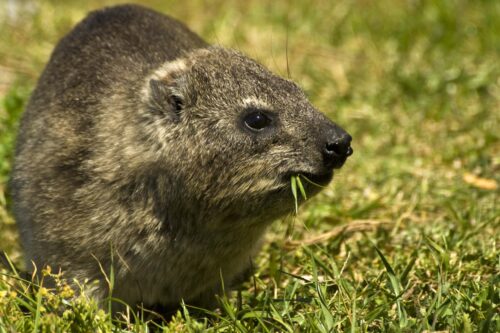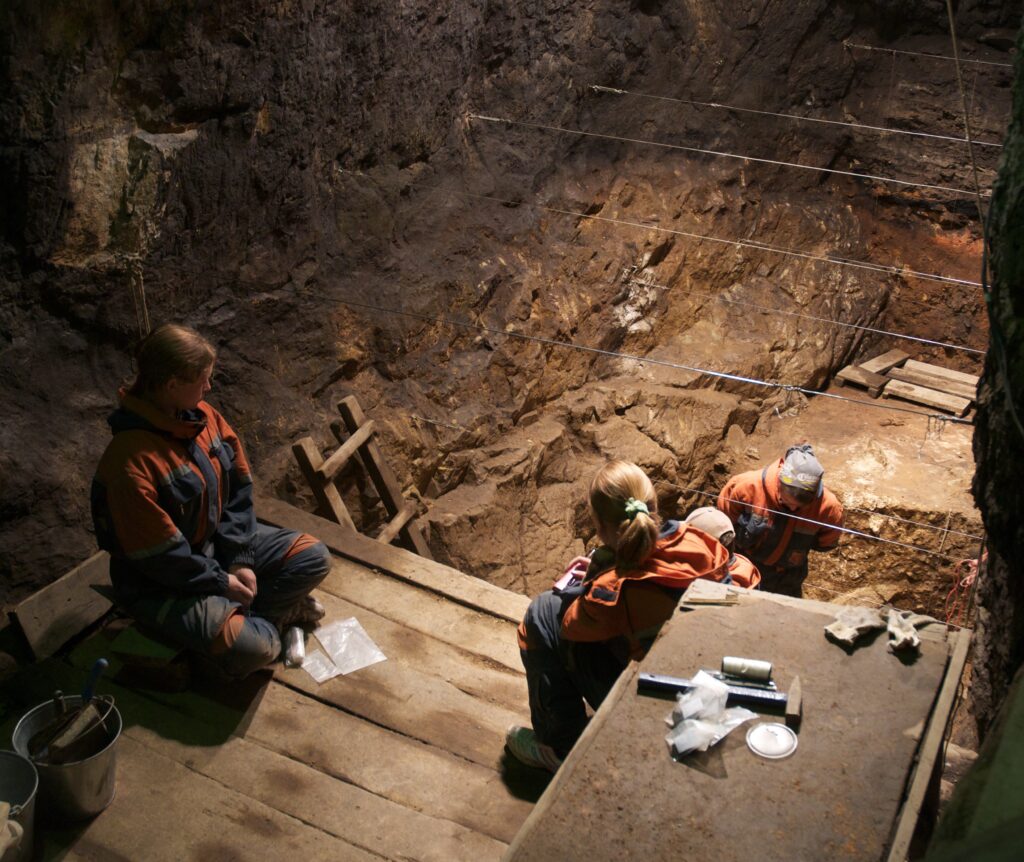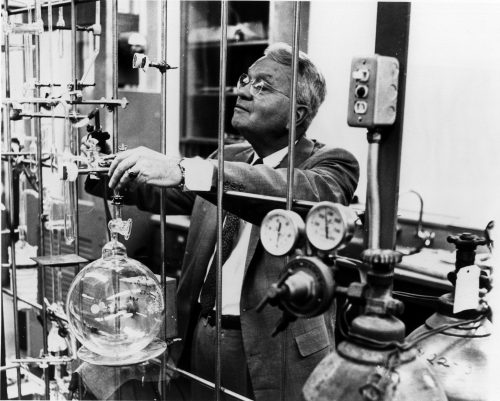Archaeological Methods

Archaeologists make use of a wide array of methods and methodologies in order to conduct accurate research that yields credible results. In this unit, students will learn about some of the different methods that archaeologists are incorporating into their work and innovative techniques that are helpful for exploring the past in new ways.

The International Order Is Failing to Protect Palestinian Cultural Heritage

Cultivating Modern Farms Using Ancient Lessons

Why I Talked to Pseudoarchaeologist Graham Hancock on Joe Rogan

Spotlighting War’s Cultural Destruction in Ukraine

Learning From Snapshots of Lost Fossils

How Accurate Is the Stone Age Thriller Out of Darkness?

Being a “Good Man” in a Time of Climate Catastrophe

Cultivating Modern Farms Using Ancient Lessons

Replacing Plastic Prayers With Biodegradable Blessings in the Himalayas

Strange Future

Ancient Pollen Is Hiding in a Surprising Place

Past and Present Approaches to the Management of Red Deer

For Families of Missing Loved Ones, Forensic Investigations Don’t Always Bring Closure

Albania’s Waste Collectors and the Fight for Dignity

Inside Russia’s Campaign to Steal and Indoctrinate Ukrainian Children

Cultivating Modern Farms Using Ancient Lessons

Imphal as a Pond

Spotlighting War’s Cultural Destruction in Ukraine

For Families of Missing Loved Ones, Forensic Investigations Don’t Always Bring Closure

Why I Talked to Pseudoarchaeologist Graham Hancock on Joe Rogan

Excavating the Coexistence of Neanderthals and Modern Humans

Celebrity Status Almost Ruined Ancient DNA Research

What Is “Natural” for Human Sexual Relationships?

Best of SAPIENS 2023
- Provide an overview of different research methods, exploring the strengths and weaknesses of each.
- Discuss how methods have changed over time, often dependent on technological advances.
- Explore how different methods allow for different kinds of questions to be asked and answered.
- Discuss the relationship between generating data through specific methods and interpreting those data.
-
Kassabaum, Megan. 2019. “A Method for Conceptualizing and Classifying Feasting: Interpreting Communal Consumption in the Archaeological Record.” American Antiquity 84 (4): 610–631.
-
Mitchell, Peter. 2018. “Introduction to Archaeological Methods and Sources.” In Oxford Research Encyclopedias.
- In what ways do archaeological methods allow us to see into the past?
- In what ways do current methods limit what we can know about the past?
- Why do you think archaeological methods are so dependent on technological advances?
- What questions do you have about history? What tools would you use to explore those questions?
- Have the students write a paper that (a) imagines a question about the ancient past and then (b) uses the Society for American Archaeology’s web article What Do Archaeologists Do to explain what methods they would use to answer their question.
-
Article: Nature Education Knowledge’s “Dating Rocks and Fossils Using Geologic Methods”
-
Article: National Geographic’s “How Underwater Archaeology Reveals Hidden Wonders”
-
Article: The Conversation’s “Six Tools That Are Revolutionizing Archaeology By Helping Us Find Sites Without Digging”
-
Article: SAPIENS’ “Spy Plane Photos Open Windows Into Ancient Worlds”
-
TED Talk: Robin Nagle’s “What I Discovered in New York City Trash”
-
TED Talk: Ben Kacyra’s “Ancient Wonders Captured in 3D”
-
TED Talk: Sarah Parcak’s “Archaeology From Space” and “Hunting for Peru’s Lost Civilizations—With Satellites”
-
Video: Archaeology Southwest’s “Hopi Migration Traditions and Archaeology”
-
Video: Dig It With Raven’s “Dendrochronology”
-
Video: Brain Stuff’s “How Carbon Dating Works”
-
Video: Dig It With Raven’s “Seriation”
Eshe Lewis (2020)
Ethics in Archaeology



